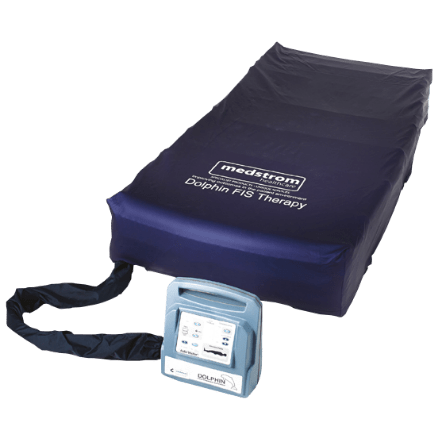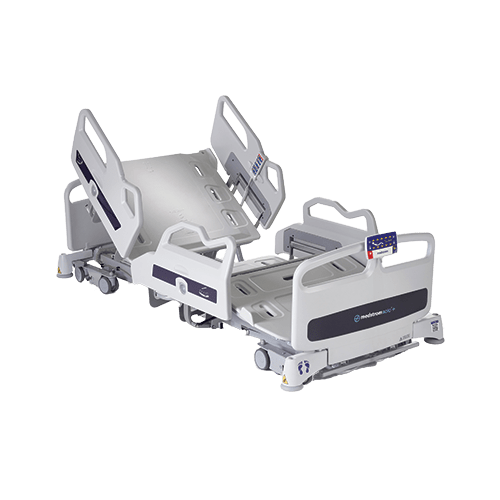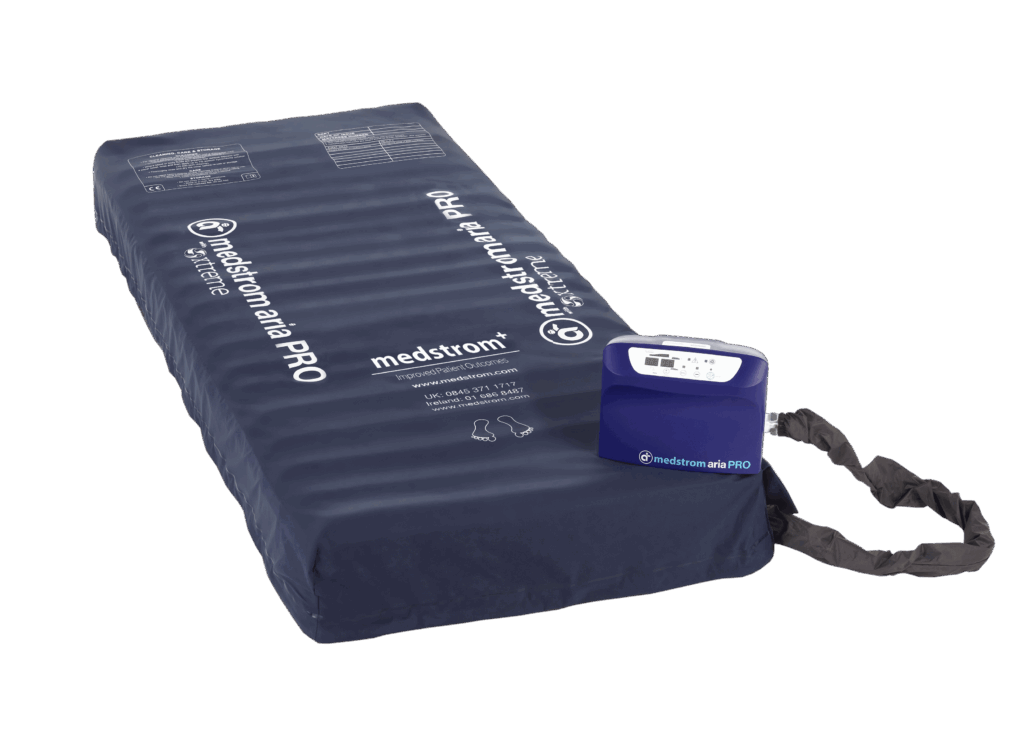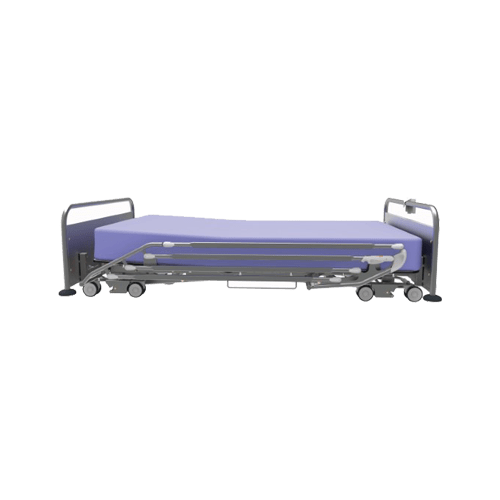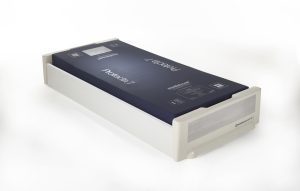
Section 136: Patients, police and protection against harm
In the year ending March 2024, police brought in 31,213 patients under a subsection of the Mental Health Act — a 20% increase compared to 2014.1,2 As the number of people with mental illness continues to rise, how can healthcare providers best equip themselves to care for patients in a crisis?3
Mental health services in England received a record 5 million referrals last year. Meanwhile, the number of mental health beds available has fallen by almost a quarter since 2010.3
With an increasing number of people facing mental illness, the number of more complex patients needing urgent treatment is also on the rise. The Mental Health Act (1983) is a crucial piece of legislation to support this vulnerable patient group, ensuring that they receive the care and support they need.
What is Section 136 of the Mental Health Act 1983?
Section 136 (S136) gives police the ability to pick up anyone who appears to be experiencing a mental health crisis in public and bring them to a place of safety. The purpose of S136 is to allow for an accurate assessment of the patient by a mental health professional.
How long does section 136 last?
Section 136 allows for patients to be held temporarily for up to 24 hours at the place of safety while waiting for an assessment. This window can be extended by up to 12 hours, but only in extenuating circumstances — for example, the patient has not been in a fit enough state for evaluation.
What is a place of safety?
A place of safety could be:
- The patient’s home
- The home of a friend or relative
- A hospital
- A police station (only in exceptional circumstances). As of November 2024, the Government plans to stop the use of police cells for these patients.
Choosing the right place of safety for the patient is critical to help de-escalate the crisis the patient is under. Often, S136 patients are first brought into A&E. But for patients experiencing a mental health crisis, the stressful and busy nature of an A&E department can exacerbate their feelings, potentially worsening the situation.
The Royal College of Psychiatrists recommends that the emergency department should only be used as the place of safety when there are concerns for the patient’s physical health.4
What’s an S136 suite?

This is where a section 136 or S136 suite comes in. Designed for purpose, these suites provide a safe and quiet rest area for patients experiencing a mental health crisis as they await assessment. Usually, these suites are laid out similarly to a hotel room. The suite will normally contain a bed, seating area, and private bathroom facilities. Every element of the room has been carefully selected to reduce risk of harm for both the patient and caregivers.
Providing S136 patients with a place to sleep is vital, particularly overnight and during peak periods when waiting times may be extended. Giving patients the option to lie down and rest can help them independently calm down, de-escalating the situation. But finding a suitable bed frame solution can be a challenge.
❌ Conventional hospital bed frames will often pose too many hazards. Removable parts, ligature risks and a number of potential anchor points can put both staff and patient safety at risk. Hospital bed manufacturers may attempt to reduce these risks by filling in gaps in the side rails and head and footboard. These adaptations help to minimise hazards. But they make it much harder to see the patient. This can be dangerous in situations where the patient must be kept under visual observation.
❌ Traditionally, the solution has been to use a ‘block-bed’. While block beds remove many of the hazards posed by standard hospital beds, their limited functionality means they offer little clinical benefit. This includes the inability to change the bed’s height. As a result, caregivers may have to work at an unsuitable height, increasing the risk of injury.
Introducing the SoloMH
Created in collaboration with key opinion leaders in the mental health space, the SoloMH offers an ideal bed solution for S136 suites. Combining the clinical benefits of an articulating hospital bed with enhanced safety considerations, the SoloMH provides a holistic approach to the emergency care of medium and high-risk patients.
- A significantly enhanced battery life lasting up to 4x longer than other beds. A longer-lasting battery means the bed can spend more time without being plugged in, reducing ligature risk.
- Elliptical backrest lengthens as it articulates. This prevents patients from sliding down the bed and the associated shear forces.
- Non-removable shatterproof components minimise risk to patients and staff.
- Operation via a wireless Bluetooth handset reduces ligature risk. Caregivers can also operate the bed remotely if this is safer.
- In the bed’s lowest position, there is no access to the underneath of the bed, preventing this from being used to hide or store objects.
- Solid side rails eliminate entrapment risks and anchor points.
As the prevalence of mental health problems continues to rise, it’s essential that healthcare providers are equipped with the tools to deliver high quality care without compromising patient or staff safety. Designed specifically for medium and high-risk environments, the SoloMH provides a solution that protects patients and their dignity, even when at their most vulnerable.
Find out how the SoloMH could benefit your patients and staff by organising a demo with the Medstrom team today.
References
- ‘Police powers and procedures: Stop and search, arrests and mental health detentions, England and Wales, year ending 31 March 2024’. 2024. Home Office.
- ‘Fall in use of police custody for those in mental health crisis’. National Police Chiefs’ Council (NPCC). Accessed online at https://news.npcc.police.uk/releases/use-of-police-custody-for-those-in-mental-health-crisis-falls#:~:text=The%20total%20use%20of%20Section,15%20(11.5%25%20reduction).
- Mental health pressures in England. 2024. BMA.
- Standards on the use of Section 136 of the Mental Health Act 1983 (England and Wales). 2011. Royal College of Psychiatrists.




